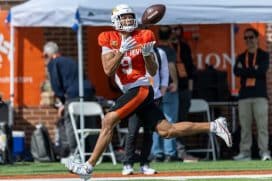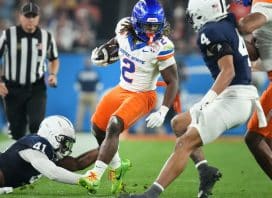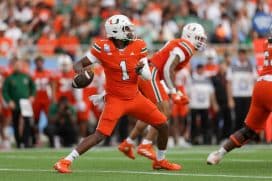Phillies
Phillies: 2022’s Lineup with Battles
By Tal Venada, Sports Talk Philly Contributor
Perception is the devil torturing the Philadelphia Phillies faithful, and the only antidote is patience because there are three repetitive cycles annually. Unfortunately, no team is hot from beginning to end; they are also cold or play .500 ball multiple times. Every club does all three.
Expectations:
Regrouping for two homestands before a west coast trip, the Phillies were welcoming 13 home games of 16 total. And seven of those are against the New York Mets: four in Philly. Always, good or bad streaks end, and .500 ball will also be in the summer’s equation. More ups than downs are my 2022 forecast.
Put Another Way:
“Losing streaks are funny. If you lose at the beginning, you got off to a bad start. If you lose in the middle of the season, you're in a slump. If you lose at the end, you're choking.” – Gene Mauch
Losing isn’t fun for anyone, but it’s worse if you participate: broadcasters, writers, and postgame analysts. It’s not a good feeling; I’ve seen and heard others suffering through it: I remember 2009’s losses during daily recaps. Yes, they went to the World Series, but the defeats stung just the same.
No player wants a losing streak because it represents failure, and it doesn’t matter if you won 20 consecutive games before the defeats mount up: Losing is contagious also. Realistically, baseball has this job-related downside during times with three victories and nine defeats, like the recent results going from 3-1 to 6-10.
Unlike winning and losing, playing .500 ball allows a franchise to quietly remain relevant. To illustrate, a team that’s 15 games over .500 can still have 15 more triumphs than defeats after 20 more contests, and many supporters don’t realize it. In fact, research reveals it’s below the surface.
Winning streaks happen when the club has everything fitting together. Barring the 2011 Phillies with four aces, though, the organization will have good and bad times. And keep in mind, the red pinstripes’ shortcomings will eventually surface and end any victorious string. The first of many!
The Lineup:
In the leadoff spot, Jean Segura and JT Realmuto are interchangeable when the one atop the order slumps. Then, they would switch places in the everyday nine with Segura dropping to the five slot. But the rub with Kyle Schwarber was clubs were effective with a lefty facing Schwarber and Bryce Harper in the same frame.
Batting second, Rhys Hoskins will have a better opportunity to be selective with Harper and Nick Castellanos hitting behind him. Basically, the two and four holes are the RBI positions, so the first two batters will have pitches to hit. And first-inning runs will give starters an edge.
In the heart of the order, Harper and Castellanos will mostly hit third and fourth this season if they are healthy. And they have the pieces around them for multiple RBI situations. However, even the bottom of the lineup doesn’t have easy outs either. And the brass expects this group to average –average– five runs per game overall.
Presently, Realmuto slots fifth to protect Castellanous and has Schwarber behind him. And, no, Schwarber won’t bat fifth for an opposing manager to pitch around Castellanos with a lefty facing Harper and Schwarber. So, expect two right-side hitters between Harper and Schwarber.
In center, Odubel Herrera will have the lion’s share of work because he’ll be facing righties, while Matt Vierling will handle portsiders. Currently, Herrera is off to a decent start, and Vierling has been productive of late. But the Phillies could add Mickey Moniak to see if his spring was a preview for ‘22.
Moreover, the bottom of the lineup has seven players for three spots, and, presently, Alec Bohm is producing offensively with adequate defense. For now, he’ll man the hot corner, and Bryson Stott could return to Triple-A to play daily. But after Stott dominated in camp, Bohm is the one hitting in April.
At short, Johan Camargo is using his opportunity with Didi Gregorious on the mend. But Gregorius is averaging .286 with a .342 OBP, so he’ll be back in the lineup. However, Camargo is hitting .318 and will fill in at any infield position: He’ll have regular chances.
With the campaign underway, Gregorius’ health is visible with bat and glove. But Stott got off to a slow start, while Bohm and Camargo are keeping him on the bench with their production. And if switch-hitter Camargo stays hot, will that affect Gregorius’ playing time with no quick-return rush?
Camargo also could be the third sacker if Bohm has difficulty with the glove more than the bat. In fact, the competition is bringing out the best in Camargo and Bohm. And when the manager plays the hot hand, it influences his lineup. Yeah, hit or sit.
NEXT:
Stars Playing for 2023’s Deals





